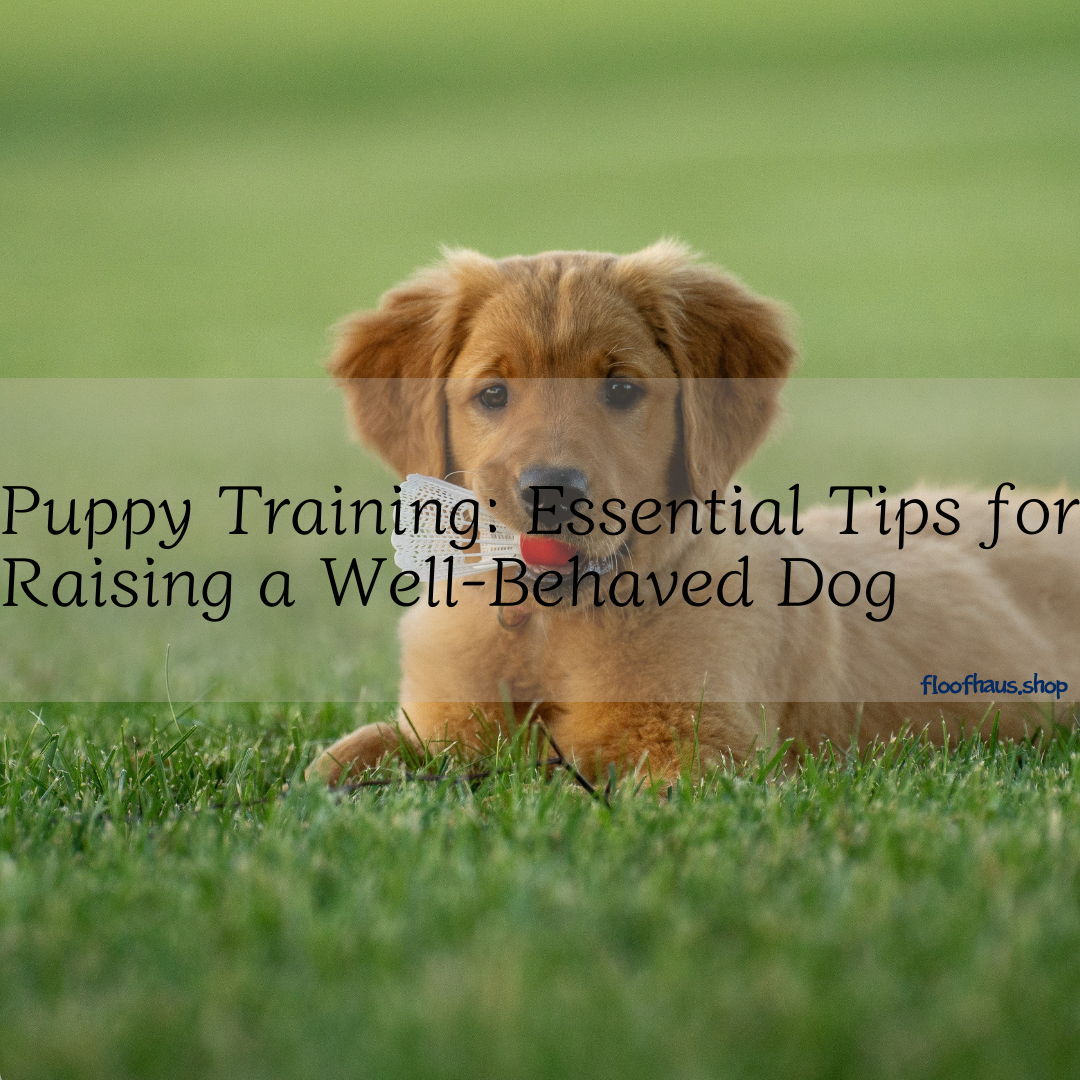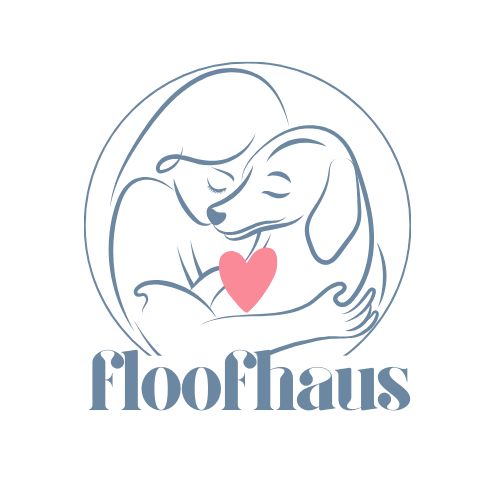
Puppy Training: Essential Tips for Raising a Well-Behaved Dog
Share

Introduction
Puppy training is the cornerstone of raising a well-mannered and confident dog. The earlier you begin, the easier it is to establish healthy habits and prevent problem behaviors. Training isn’t just about teaching commands—it’s about creating structure, fostering trust, and ensuring your pup feels secure in their environment. With the right approach, patience, and tools, training can be an enjoyable bonding experience for both you and your furry companion.
Why Puppy Training Matters
Training a puppy may feel overwhelming at first, but it provides lasting benefits:
- Prevents destructive behavior: Untrained puppies may chew, bark excessively, or have accidents indoors.
- Supports safety: A trained puppy will respond to cues like “come” or “stay,” which can prevent dangerous situations.
- Strengthens your bond: Training sessions reinforce communication and deepen your relationship.
- Encourages social confidence: Puppies exposed to training early grow into calmer, well-adjusted dogs.
By making training a priority, you set the stage for a lifetime of harmony.
House Training Basics
One of the first milestones in puppy training is housebreaking. Puppies have small bladders and need consistency to learn where it’s appropriate to go.
Tips for House Training:
- Establish a schedule: Take your puppy out first thing in the morning, after meals, and before bedtime.
- Reward success: Praise or treat your puppy immediately after they go in the right spot.
- Limit free roam: Supervise your pup indoors or use baby gates to prevent accidents.
- Use training pads: For apartment dwellers or long work hours, training pads can be a helpful tool.
With patience and repetition, most puppies become reliable within a few months.
Crate Training Explained
Crate training is often misunderstood, but when introduced properly, it provides puppies with a safe, cozy den.
Benefits of Crate Training:
- Helps with house training by teaching bladder control.
- Prevents destructive chewing when you’re away.
- Provides a secure place for rest and downtime.
Tips for Success:
- Make the crate comfortable with bedding and toys.
- Never use the crate as punishment.
- Start with short periods and gradually increase time.
A crate can be one of the most valuable tools in training when used responsibly.
Socialization and Exposure
Training extends beyond commands—it’s about helping your dog feel confident in the world.
Key Socialization Steps:
- Expose your pup to various environments: parks, streets, vet offices.
- Introduce them to different people, children, and other dogs.
- Normalize everyday sounds like vacuums, cars, or doorbells.
Early socialization during the critical 3–14 week window helps prevent fear-based behavior later in life.
Teaching Commands with Positive Reinforcement
Commands are the language you share with your dog, and positive reinforcement is the most effective way to teach them.
Foundational Training Commands:
- Sit: Teaches patience and impulse control.
- Stay: Prevents running into unsafe areas.
- Come: Essential for recall and safety.
- Leave it: Prevents dangerous ingestion.
Positive Reinforcement Tips:
- Use treats, toys, or praise as rewards.
- Keep sessions short (5–10 minutes).
- End on a positive note.
Consistency is key—every family member should use the same cues and expectations.
Common Mistakes to Avoid
Even well-intentioned owners make mistakes that can slow down training progress.
- Inconsistency: Changing rules or commands confuses puppies.
- Punishment: Harsh methods damage trust and may cause fear.
- Lack of patience: Puppies learn gradually; expecting instant results leads to frustration.
- Skipping socialization: Puppies isolated during early weeks may develop lifelong anxiety.
Avoiding these pitfalls ensures smoother training and a stronger bond with your pup.
Recommended Products
Having the right supplies makes training easier and more effective.
- Training pads: Help manage accidents while housebreaking.
- Clickers: Useful for marking correct behavior instantly.
- Crates: Provide safe spaces and aid in house training.
- Chew toys: Redirect biting and chewing tendencies.
- Harnesses and leashes: Essential for teaching leash manners.
- Treats: Small, healthy rewards that motivate your puppy.
These tools simplify the process and encourage consistency in training.
Long-Term Training Success
Training doesn’t stop when your puppy masters the basics. Continued guidance ensures lifelong good habits.
- Advance commands: Move beyond “sit” to more complex cues like “heel” or “place.”
- Regular practice: Incorporate training into daily walks and play.
- Ongoing socialization: Expose your pup to new environments throughout adulthood.
- Health check-ins: Rule out medical issues if training progress stalls.
Training is a lifelong journey that evolves as your dog grows.
How Floofhaus Supports New Dog Parents
At Floofhaus, we understand that training a new furbaby is exciting but challenging. That’s why we provide high-quality products to make the process smoother, including:
- Absorbent training pads for easy cleanup.
- Durable crates designed for comfort and security.
- Positive reinforcement tools like clickers and healthy training treats.
- Chew toys that save your shoes and furniture.
- Harnesses and leashes built for control and comfort.
Our mission is to support pet parents in raising happy, well-trained companions.
Conclusion
Training a puppy is not just about commands—it’s about building trust, safety, and a lasting bond. By focusing on house training, crate training, socialization, and positive reinforcement, you lay the foundation for a well-behaved and confident dog. With patience, the right approach, and support from Floofhaus, every puppy can grow into a wonderful lifelong companion.
Sources
American Kennel Club (AKC) – Puppy Training Basics
Humane Society of the United States – Puppy Training 101
ASPCA – General Puppy Training Tips
